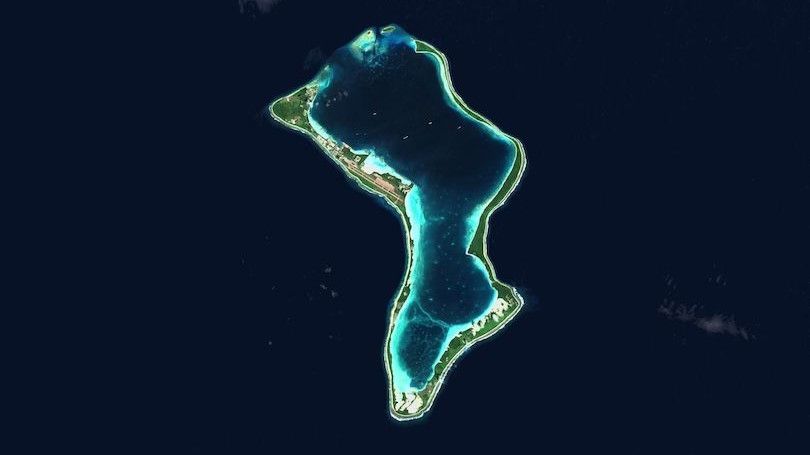The fighting has been bloody, for the Ethiopian army is much larger, but the Tigrayan army is more professional and determined. Not only has it liberated all of Tigray except the far west, but it has also seized around one-third of neighbouring Amhara, the province which is the historic core of the Ethiopian empire.
Seven million Tigrayans defeating the army of a country of 110 million people may seem odd, but Ethiopia is a patchwork quilt of different ethnic groups, languages and religions that was held together in the past by a centralised monarchy or dictatorship backed by ruthless military force. Until quite recently, it was Tigray that provided that force.
The Tigrayans earned that job by being the most effective guerrilla force in the long struggle to overthrow the former Communist regime, the Derg. They parlayed that role into an ethnic dictatorship that lasted from 1991 until just a few years ago. But the other ethnic groups then united to instal a new prime minister, Abiy Ahmed, who started to dismantle that corrupt autocracy.
He did it, but the Tigrayan military elite withdrew to their own homeland and sulked. It was a well-armed sulk, for almost half the Ethiopian army was based in Tigray, and it consisted largely of ethnic Tigrayans. When it became clear that Abiy’s project to destroy the old ethnic pecking order was not negotiable, they rebelled.
This was all pretty inevitable, but then the Ethiopian prime minister decided to invade Tigray and end the problem for good. That was bound to end badly for Ethiopia, because he was making a direct attack on what is practically an African Sparta.
The Tigrayan army pulled out of the province’s cities for a while, and by last November Abiy Ahmed declared the war over. But the Tigrayan leaders were just mobilising their forces, and in June they counter-attacked. The Ethiopian forces broke and ran, and most of Tigray was liberated without a fight.
If it had stopped there, some sort of Ethiopian state would have survived, albeit with a semi-detached Tigray, but Abiy then made the serious mistake of resorting to a blockade to starve the Tigrayans out. By now many people in landlocked Tigray are close to famine, but their leaders have countered with an invasion of Amhara province.
They are now within striking distance of the roads that carry 95% of the Ethiopia’s import and export traffic between Addis Ababa and the port of Djibouti. Their success has also emboldened the Oromo Liberation Army, a rebel army seeking autonomy or even independence for Ethiopia’s largest ethnic group, to make an alliance with the Tigrayans.
Suddenly Ethiopia starts to look a lot like former Yugoslavia just before the civil wars of the 1990s split it into six different countries. Yet Abiy is rolling the dice once again, hoping to build a rapidly expanded army that will reconquer Tigray and occupied Amhara. That is unlikely to happen.
Abiy has a few new advantages, like the same sort of armed drones from Turkey that the Azerbaijanis used last year to tear the Armenian army apart in the recent war in the Caucasus. But the Ethiopian air force is in poor condition, as most of its experienced commanders and pilots were Tigrayan.
As for the expanded Ethiopian army, trained and seasoned troops like the Tigrayans will usually defeat almost any number of inexperienced and quickly trained volunteers. So if Abiy doesn’t win, what will happen instead?
If Abiy makes a quick deal with the Tigrayans that ends the blockade and recognises their independence and borders, he may have enough troops and credibility left to suppress the Oromos and other ethnic insurgents who will soon come out into the open. If not, Ethiopia probably splinters, and it’s Yugoslavia all over again.
And what would the Tigrayans do next? Some of them are confident enough to dream of invading Eritrea and taking down President Isaias Afwerki, who sent troops to help Abiy invade Tigray. Afwerki has ruled the country of 5.3 million with an iron hand for three decades, and he is so unpopular that one in ten Eritreans has fled abroad.
Some of the Tigrayan elite may even be speculating about uniting the two countries. After all, half the Eritrean population speaks the same Tigrinya language, and joining the two together would give Tigray access to the sea, which sometimes comes in handy.
______________________________________
Gwynne Dyer is an independent journalist whose articles are published in 45 countries.

















